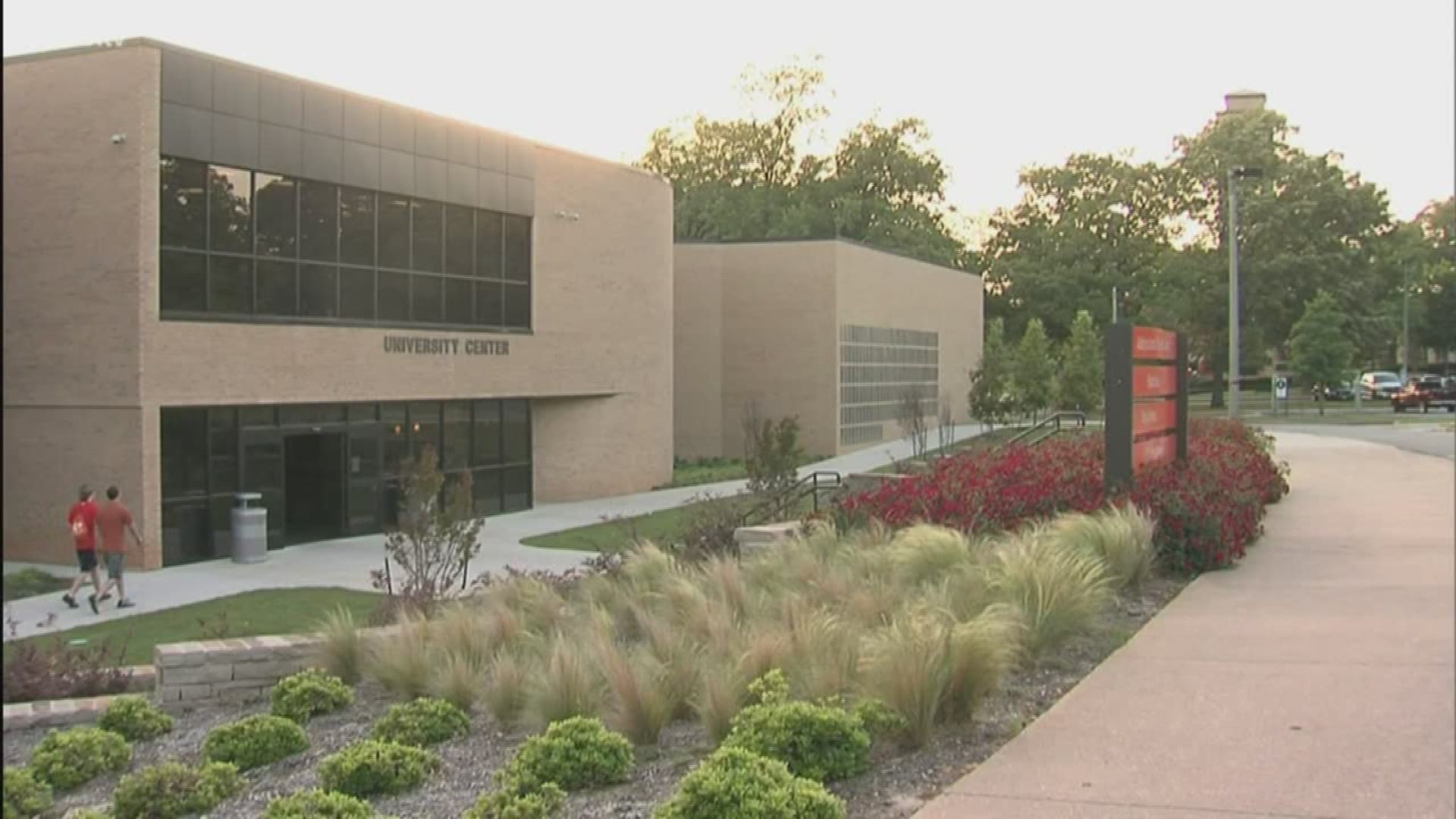TYLER, Texas — Just weeks after The University of Texas System Board of Regents invested $95 million in new educational and clinical facilities for UT Tyler and UT Health Science Center at Tyler, the Board doubled down on its commitment to East Texas by unanimously authorizing on Monday a new arrangement so that the two Tyler institutions will permanently marshal forces under one administrative structure to best serve the needs of the state of Texas.
“With two great UT institutions situated only miles apart in the same city, it just makes sense for both to come together as a unified institution, scale their missions, and significantly increase their combined capacity to respond to the educational and health needs of a dynamic and growing region of Texas,” Board Chairman Kevin P. Eltife said.
The Regents will seek additional authorizations from the Texas Higher Educating Coordinating Board and appropriate accrediting and licensing agencies to finalize a new structure that will move the UT Health Science Center at Tyler into UT Tyler as an administrative unit of the university.
At the conclusion of a Regents’ special called meeting Monday, Eltife announced that he will soon appoint an advisory committee composed of university and community members to work promptly with Chancellor James B. Milliken and the Board on an implementation plan, complete with timelines for essential approvals, to ensure a strategic and thoughtful realignment transition.
“This new alignment builds upon many strong partnerships that already exist between UT Health Science Center at Tyler and UT Tyler,” said Kirk A. Calhoun, M.D., president of UT Health Science Center at Tyler and Chairman of the Board of UT Health East Texas Health System. “I’m delighted with the Regents’ vision of one seamless environment that will benefit all of our students and faculty, giving them the best possible opportunities to learn, teach, conduct research and deliver health care in a single, fully integrated academic and medical setting.”
Dr. Michael Tidwell, president of UT Tyler, echoed Eltife’s and Calhoun’s sentiments.
“The positive outcomes of this move will be immeasurable,” Tidwell said. “A single, unified institution helps provide a clear path for service to East Texas. Our students will benefit from more programmatic and research opportunities, employers will benefit from highly-educated graduates, and the community benefits from combining the intellectual capital of two great UT institutions into a single UT brand.”
A former Tyler mayor and state senator, Eltife has been approached over the years by East Texas community and business leaders seeking recommendations on how UT might explore new ways to meet workforce needs, contribute at a higher level to the region’s economic vitality, and play a leadership role in providing health care professionals and education for the health care community.
Last year, Eltife and Calhoun participated in negotiations with Ardent Health Services and the East Texas Medical Center Regional Healthcare System to create a newly-formed regional network of hospitals, clinics, rehabilitation centers, freestanding emergency centers and urgent care facilities throughout East Texas, now called the UT Health East Texas Health System.
An important next step is the need to educate and train more physicians and other health care professionals to deliver high quality care throughout East Texas. To begin to address the challenge, UT Health Science Center at Tyler will add 200 new graduate medical slots in 2020 in critical specialties including internal medicine, surgery, obstetrics and gynecology, pediatrics and psychiatry.
The region currently lacks a medical school, which could serve as a catalyst to add additional specialties and draw medical students, residents and physicians to teach, train and live in the area.
“We will continue to look to the future to see how UT can provide more health care professionals for great hospitals and hospital systems in the region including UT Health East Texas, CHRISTUS Trinity Mother Frances, Baylor Scott & White Texas Spine & Joint, and others,” Eltife said.
To watch a video of the meeting, click here.
ABOUT THE UNIVERSITY OF TEXAS SYSTEM
For more than 130 years, The University of Texas System has been committed to improving the lives of Texans and people all over the world through education, research and health care. With 14 institutions, an enrollment of nearly 240,000 students and an operating budget of $21.1 billion (FY 2020), the UT System is one of the largest public university systems in the United States. UT institutions produce more than 60,000 graduates annually and award more than one-third of the state’s undergraduate degrees and more than half of its health professional degrees. Collectively, UT-owned and affiliated hospitals and clinics accounted for more than 8.2 million outpatient visits and 1.6 million hospital days last year. Across UT institutions, research and development expenditures total $2.9 billion – the highest in Texas and second highest in the nation among public higher education systems – and the UT System is regularly ranked among the top 10 most innovative universities in the world. The UT System also is one of the largest employers in Texas, with more than 21,000 faculty – including Nobel laureates and members of the National Academies – and more than 83,000 health care professionals, researchers and support staff.

